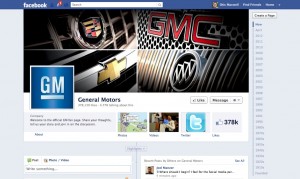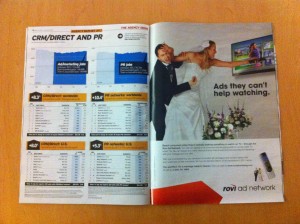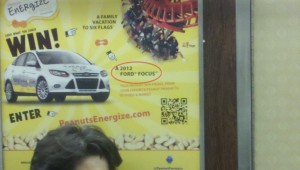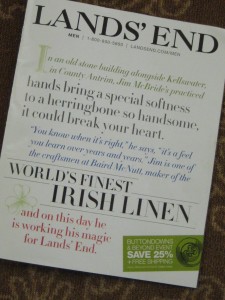Pompous, stilted and jargon-esque prose may be popular in corporate marcom departments and annual reports, but it turns readers off and causes copywriters to lose their jobs because we’re putting people to sleep. That’s why we need to stay ever-vigilant against that dark inner voice that keeps whispering, if we aren’t saying anything or don’t know what we are talking about, we better sound smart.
Along with the beloved we-we calculator that tells us if our copy is too me-centric, we have a useful new tool in the Writer’s Diet from Kiwi pedagogist Helen Sword. Cut-and-paste an entry from 100 to 1000 words and her program will score you from “Fit and Trim” to “Heart Attack Waiting to Happen” for readability based on your choice of various parts of speech.
A snippet of my direct marketing copy was labeled “fit and trim” with a recommendation to tone up some abstract nouns. (I was writing about an abstract concept.) My intro to a fiction piece was labeled “needs toning” based on a “flabby” score for my verbs in which a passive observer is commenting on what he sees around him. Busted. This sucker seems to work pretty well.
I had originally encountered Dr. Sword through her article “Zombie Nouns” in the opinion pages of the New York Times. These are “nominated” words in which a verb or adverb is transformed into a noun: participation, perception, observation, nominalization. A few of these are fine, but when they are overused they suck the life out of the text as in this example from a social sciences book:
The partial participation of newcomers is by no means “disconnected” from the practice of interest. Furthermore, it is also a dynamic concept. In this sense, peripherality, when it is enabled, suggests an opening, a way of gaining access to sources for understanding through growing involvement. The ambiguity inherent in peripheral participation must then be connected to issues of legitimacy, of the social organization of and control over resources, if it is to gain its full analytical potential.
For those of us who work with technology companies, this is new yet oddly familiar—companies in this space (another word to hate BTW) tend to turn verbs into nouns (verbalization?) that have the ring of authenticity without really meaning anything; cf. “impact” (how will this initiative impact our bottom line?).
In both cases, the construction of active, well-structured sentences using simple yet evocative words will awaken our readers and, hopefully, keep the zombies at bay.



